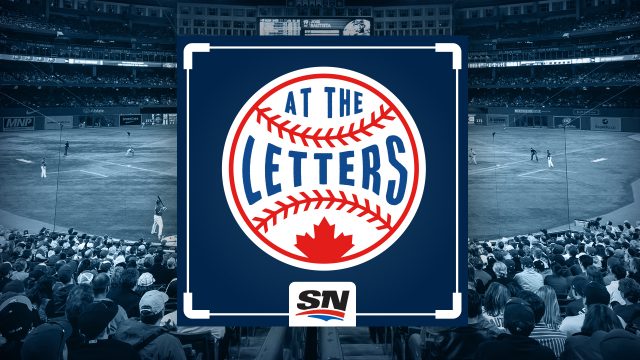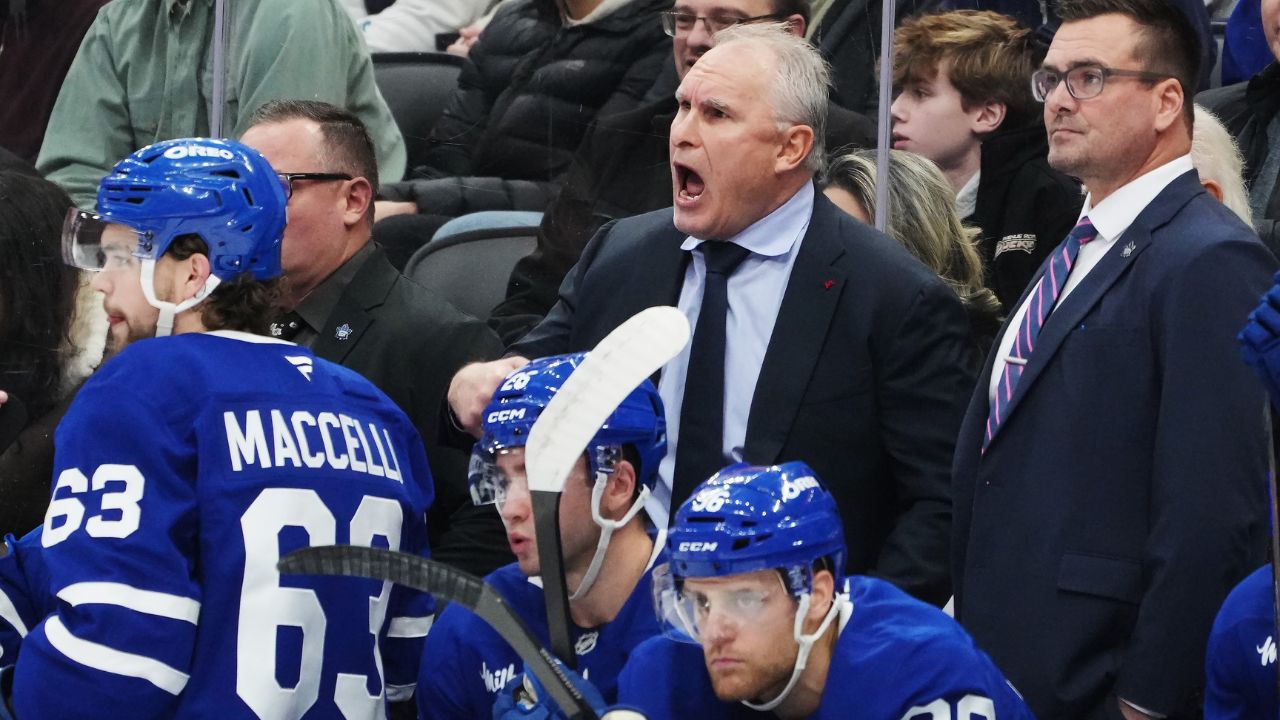
TORONTO – Back in February when the Toronto Blue Jays needed a 40-man roster spot, they designated Shun Yamaguchi for assignment and then promptly released him. Their willingness to eat the $3.175 million owed to the right-hander in 2021, rather than playing things out in the hopes he rebounded, was a clear indication of how they would let meritocracy rule this season.
Although it didn’t carry the same financial implications, the decision to carry Alejandro Kirk over Reese McGuire on the opening day roster was another call made in a similar vein. Carrying the best roster for a given period is the clear priority over the asset management of years past.
All of which leads us to Tanner Roark, who entered this season as an area of concern after a dreadful 2020 and did nothing in his debut Tuesday night to quiet the doubts about what he has left. The Texas Rangers hit three homers – including a pair of two-run drives by Nate Low – and had an average exit velocity of 96.4 m.p.h. off the veteran righty, who surrendered five runs over three innings in a 7-4 loss.
Now, in fairness, both of Lowe’s homers came in innings that were extended by defensive plays not made behind him. In the first, Isiah Kiner-Falefa’s chopper ate up Cavan Biggio at third base for a generously scored single, while in the third Bo Bichette couldn’t get Joey Gallo’s grounder out of his glove and settled for one out rather than an inning-ending double play.
But Ronald Guzman also took Roark deep, three of the nine outs against him came on flyouts at 99.5 and 95.2 m.p.h., and a groundout at 98.5, they swung through only six of his 59 pitches, none on a fastball he threw 21 times.
And remember, this was the Rangers, who very much look like American League fodder, he was facing. Next up for him are Mike Trout, Shohei Ohtani and the Los Angeles Angels on Sunday and that’s not a matchup the Blue Jays should feel especially comfortable with.
Especially since Roark’s hiccup can be viewed in isolation as a one-off rough outing given the way he pitched last season, when he was in the 33rd percentile for the exit velocity and 18th percentile for hard-hit percentage.
The results point to a trend rather than aberration.
Still, the Blue Jays have reason to give Roark some more runway, at minimum until Robbie Ray is ready to rejoin the rotation, but perhaps longer than that.
Money is one factor – he’s due $12 million this season, and eating that number, as sunk a cost as it may be, is much tougher than swallowing Yamaguchi’s salary.
But pitching depth is going to be essential this season, and while so many of the signs were worrisome Tuesday, Roark’s fastball velocity of 91.2 m.p.h. was up a tick from last year’s 90.6 and his curveball played, with misses on four of the six swings against it.
With all the work Roark put into adjusting his delivery over the winter, seeking to hinge more on his back hip to generate better drive with his lower half, the Blue Jays have reason to offer him some more runway in case it clicks.
After all, they don’t need him to be an ace, they just need him to provide reliable innings and keep them in ballgames. He didn’t do that Tuesday.






